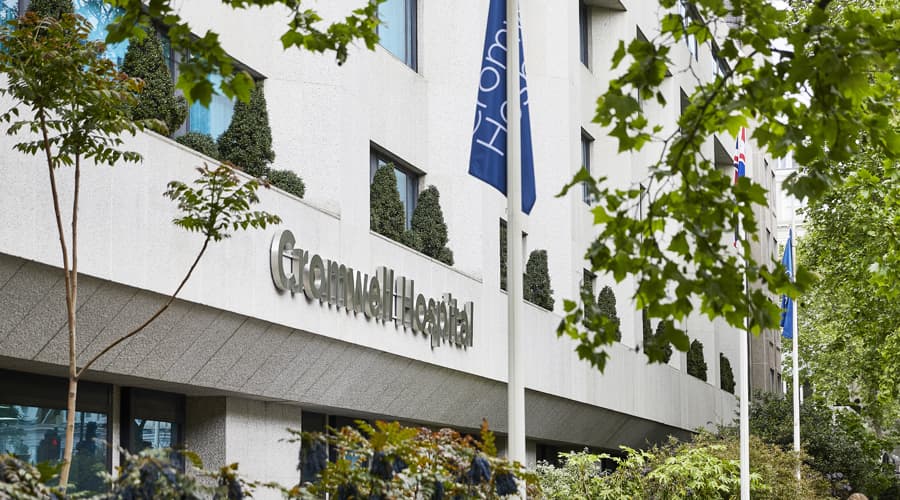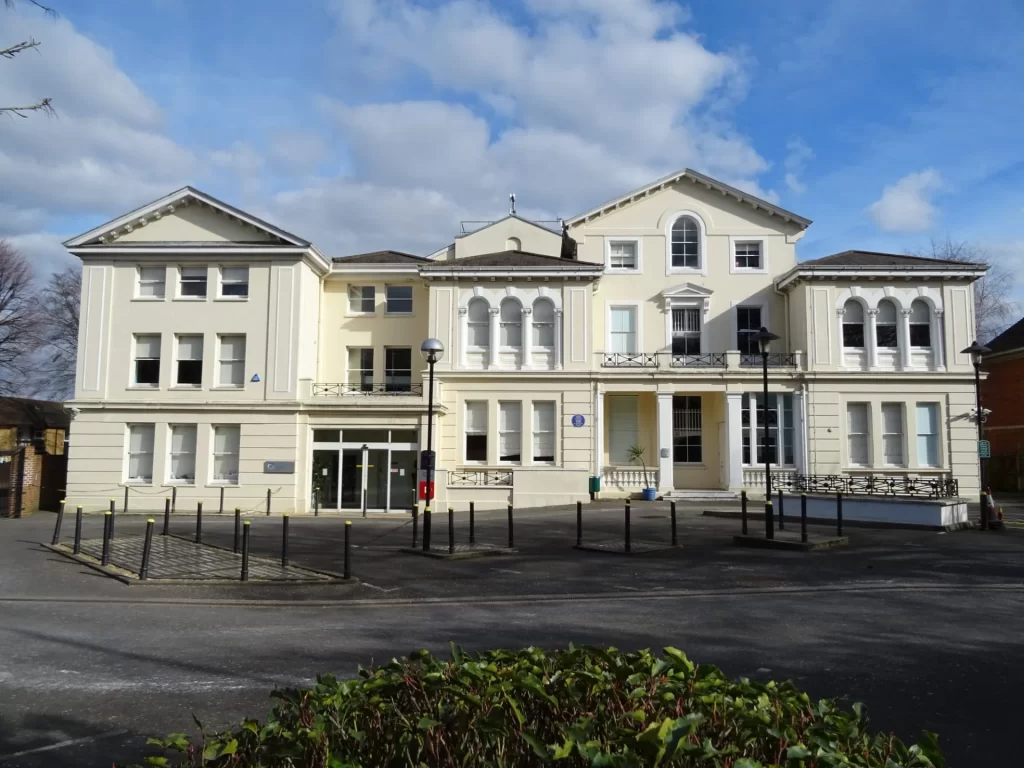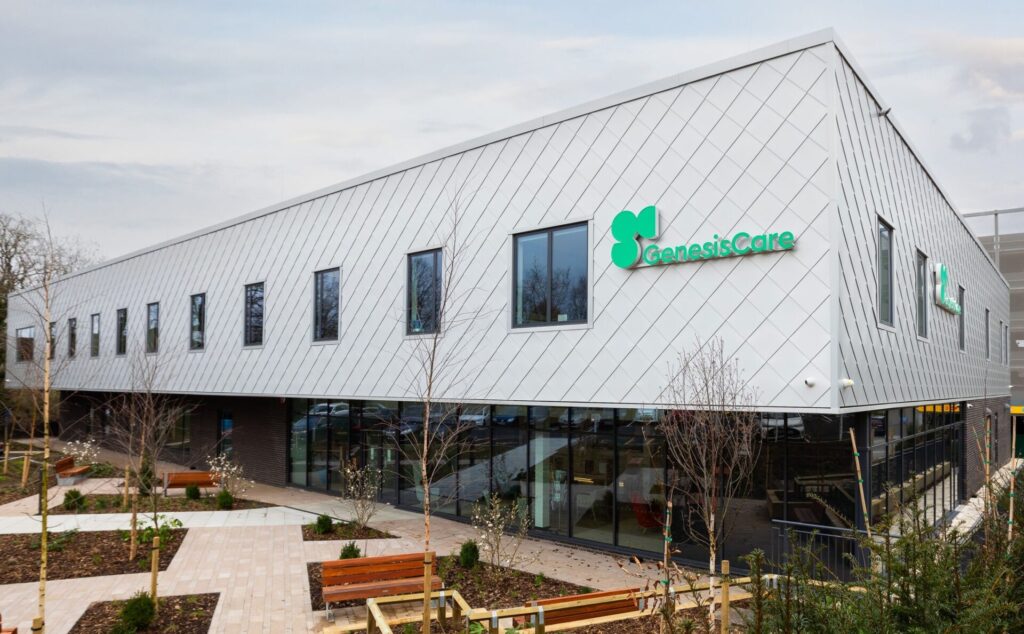Dupuytren’s Contracture Symptoms and Causes
Dupuytren's contracture is a common condition that affects up to two million people in the United Kingdom (3% of the population). Most cases occur in middle-aged and older people, but it can develop in younger adults.







